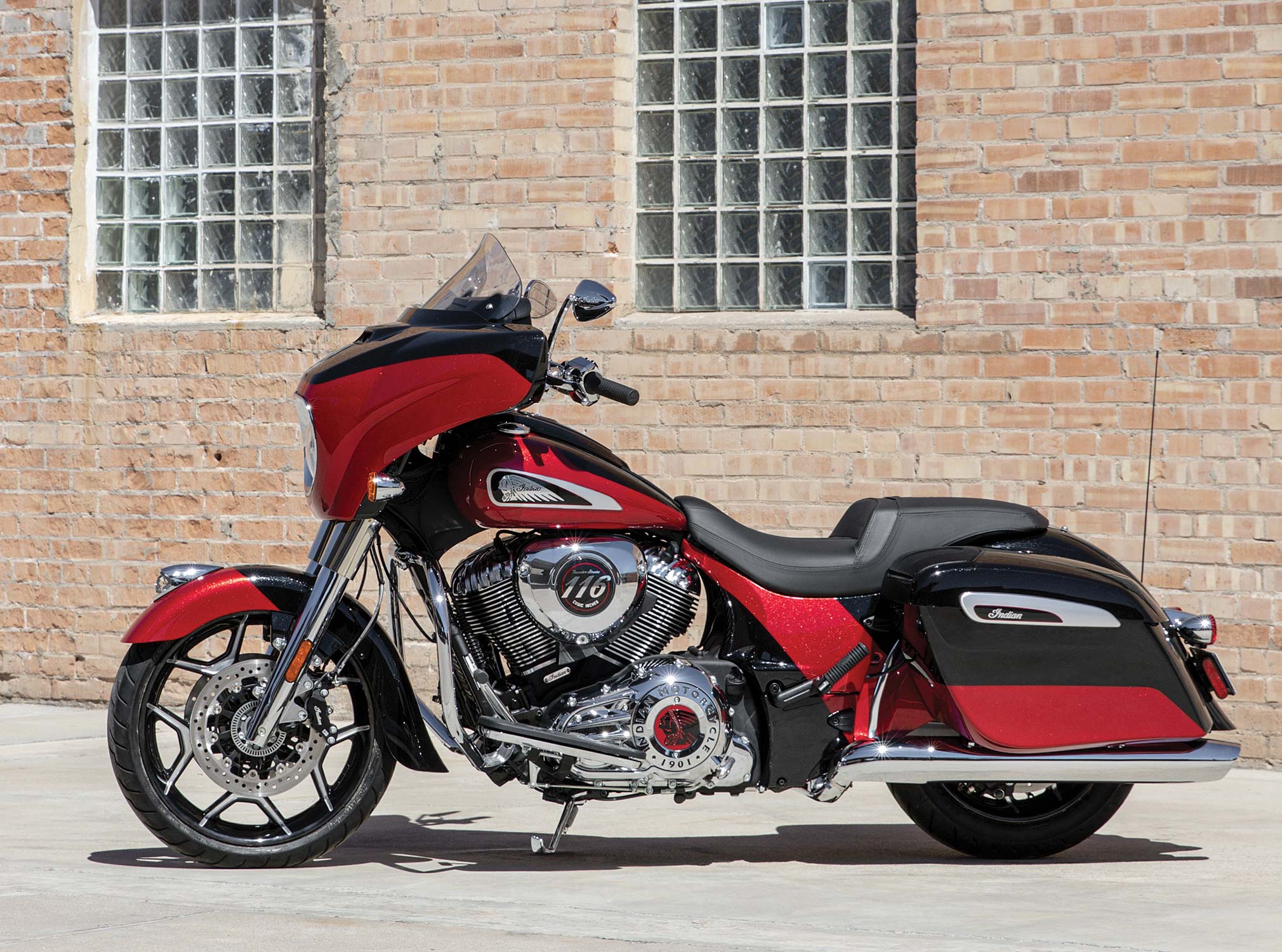

Indian Motorcycle® response-the rare 841, was tested but determined to not be of much use as the US military found a vehicle much more suitable for the conditions-the Jeep. World War II and Indian Motorcycle® DemiseĪs with World War I it was requested by the US military that Indian Motorcycle® build a motorcycle intended for transport and usage in the war. Under the DuPont merger Indian Motorcycle® as a brand also extended its reach into other areas of manufacturing, building such products as air conditioners, boating engines, and aircraft powerplants-a little known fact about a company synonymous with motorcycles. By 1940 the merger was viewed as an overall success as Indian Motorcycle® was hot on Harley-Davidson®'s heels as the best-selling motorcycle in the United States. Paul DuPont the founder of DuPont motors had previously been building automobiles but under the merger decided to concentrate his efforts on Indian Motorcycle® in general. 1930 saw the company merge with DuPont Motors.

The Scout and Chief v-twin models, designed by lead designer Charles Franklin, became Indian Motorcycle® leading frontrunners. Due to this the availability of the product to the general public became extremely limited, causing Indian Motorcycle® to lose their customer base and also losing their spot atop the board as the highest selling motorcycle brand in the United States to Harley-Davidson®.Īfter the war ended the 1920's would see some design excellence from Indian Motorcycle® come to the forefront. Most all of Indian Motorcycle® powerplus line of motorcycles was sold off to the US military to help transportation in the war efforts abroad.
#INDIAN MOTORCYCLES FULL#
With World War I in full effect by 1917 Indian Motorcycle® as an American company would do their part to help out the war efforts.

Indian Motorcycle® Motorcycles were developing a reputation as the best in both the practical world of riding and the world of racing-as the firm experienced success in both avenues. With the two brilliant minds at work Hendee and Hedstrom would grow the Hedstrom Manufacturing Company into the world's largest motorcycle manufacturer by 1912. Harley was still working on his engine design and vision-which would not come to fruition and completion until 1903. Hedstrom would soon build the prototype-no longer was Indian Motorcycle® a bicycle-the first Indian Motorcycle® was produced in 1901, at a time when William S. After seeing Carl Hedstrom's motorized bicycle design and being highly impressed with the reliability and performance of the Pacer-which was rare for the time, Hendee saw the opportunity to hire the brilliant young mind as his chief engineer and designer for the Hendee Manufacturing Company. GrowthĪs Hendee built his bicycle company a man essential to the growth and success of the brand would become a part of the conglomerate in January of 1901. He set about producing a new line of bicycles under new branding-their name: Indians. His projects were re-acquired and in 1898 Hendee set up shop. As the assets of the company went up for auction Hendee set about winning the bid. By 1898 Hendee's first attempt at business-the Hendee and Nelson Manufacturing Company, went bankrupt. After his retirement from competitive racing Hendee decided to set up shop and manufacture bicycles for the general public-the Silver King for men and the Silver Queen for women. Hendee was America's first national cycling champion-a dedicated full time bicycle racer.

Indian Motorcycle® got its initial start in bike manufacturing in 1895. A time when Indian Motorcycle® was not the name of the company and motorcycles were not what was being produced. To understand Indian Motorcycle® history as a motorcycle manufacturer one has to travel back in time. A Brief History By Stephen Taylor-Indian Motorcycle® Concord The Birth of a Legend


 0 kommentar(er)
0 kommentar(er)
